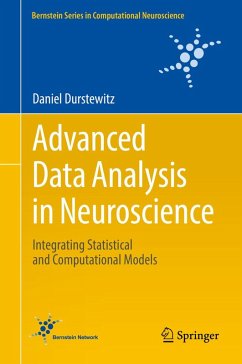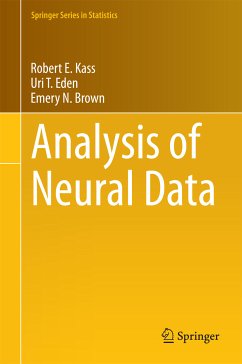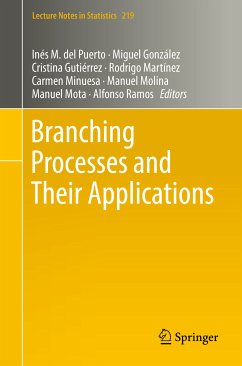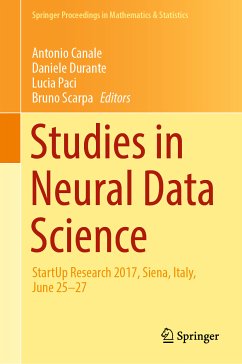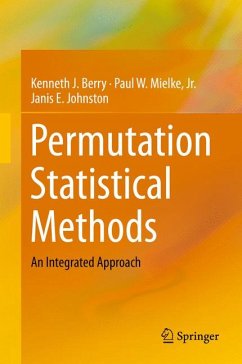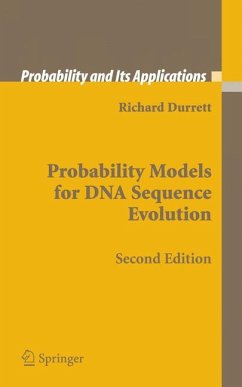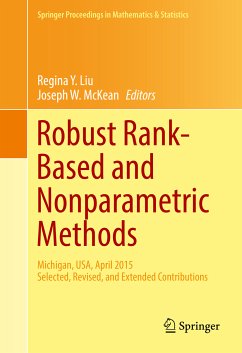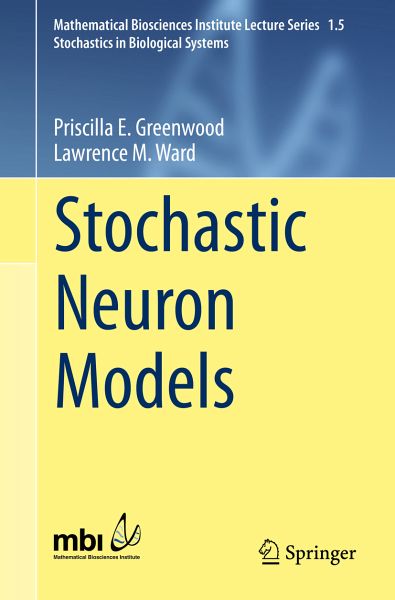
Stochastic Neuron Models (eBook, PDF)
Versandkostenfrei!
Sofort per Download lieferbar
40,95 €
inkl. MwSt.
Weitere Ausgaben:

PAYBACK Punkte
20 °P sammeln!
This book describes a large number of open problems in the theory of stochastic neural systems, with the aim of enticing probabilists to work on them. This includes problems arising from stochastic models of individual neurons as well as those arising from stochastic models of the activities of small and large networks of interconnected neurons. The necessary neuroscience background to these problems is outlined within the text, so readers can grasp the context in which they arise. This book will be useful for graduate students and instructors providing material and references for applying pro...
This book describes a large number of open problems in the theory of stochastic neural systems, with the aim of enticing probabilists to work on them. This includes problems arising from stochastic models of individual neurons as well as those arising from stochastic models of the activities of small and large networks of interconnected neurons. The necessary neuroscience background to these problems is outlined within the text, so readers can grasp the context in which they arise.
This book will be useful for graduate students and instructors providing material and references for applying probability to stochastic neuron modeling. Methods and results are presented, but the emphasis is on questions where additional stochastic analysis may contribute neuroscience insight. An extensive bibliography is included.
Dr. Priscilla E. Greenwood is a Professor Emerita in the Department of Mathematics at the University of British Columbia. Dr. Lawrence M. Ward is a Professor in the Department of Psychology and the Brain Research Centre at the University of British Columbia.
Dieser Download kann aus rechtlichen Gründen nur mit Rechnungsadresse in A, B, BG, CY, CZ, D, DK, EW, E, FIN, F, GR, HR, H, IRL, I, LT, L, LR, M, NL, PL, P, R, S, SLO, SK ausgeliefert werden.
Alle Preise in Euro und inkl. der gesetzl. MwSt. | Innerhalb Deutschlands liefern wir preisgebundene Bücher versandkostenfrei. Weitere Informationen: bitte hier klicken
Support
Bitte wähle dein Anliegen aus:
Rechnungen
Bestellstatus
Retourenschein
Storno



